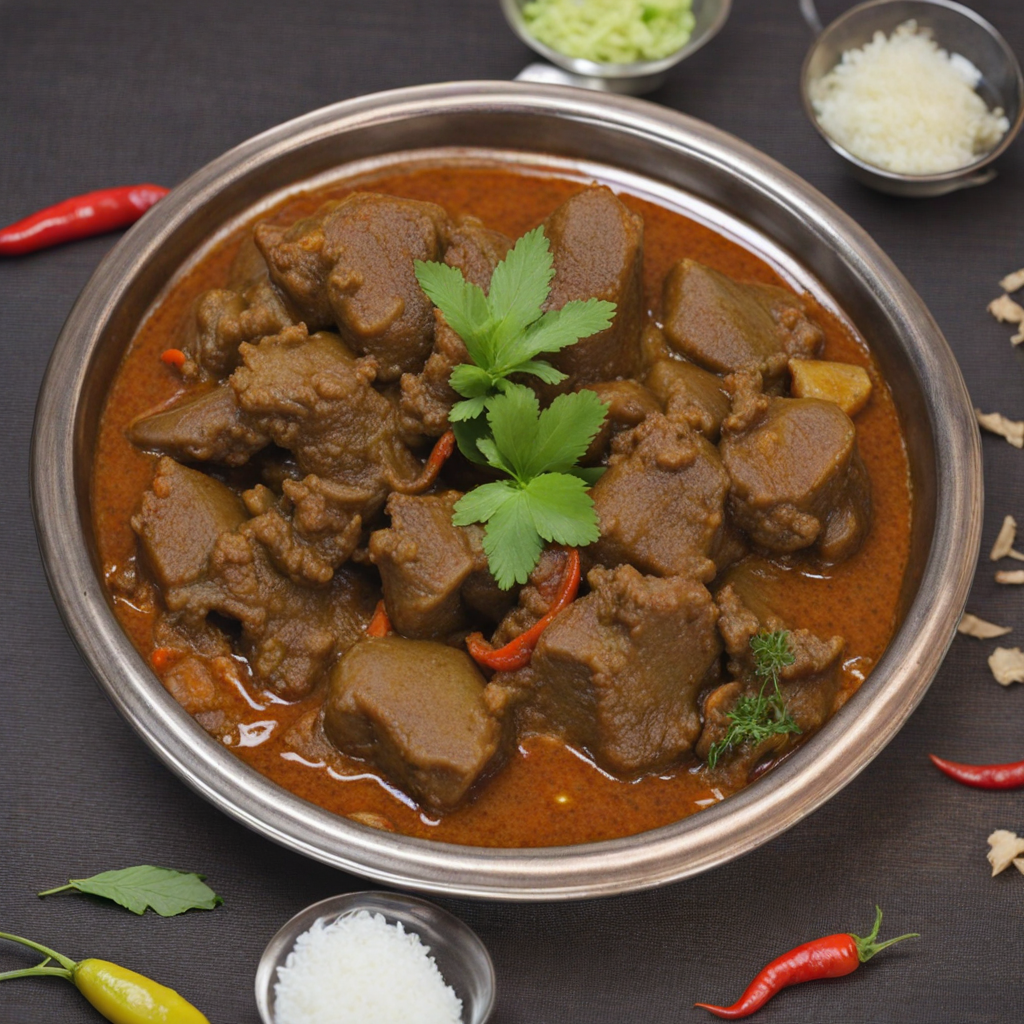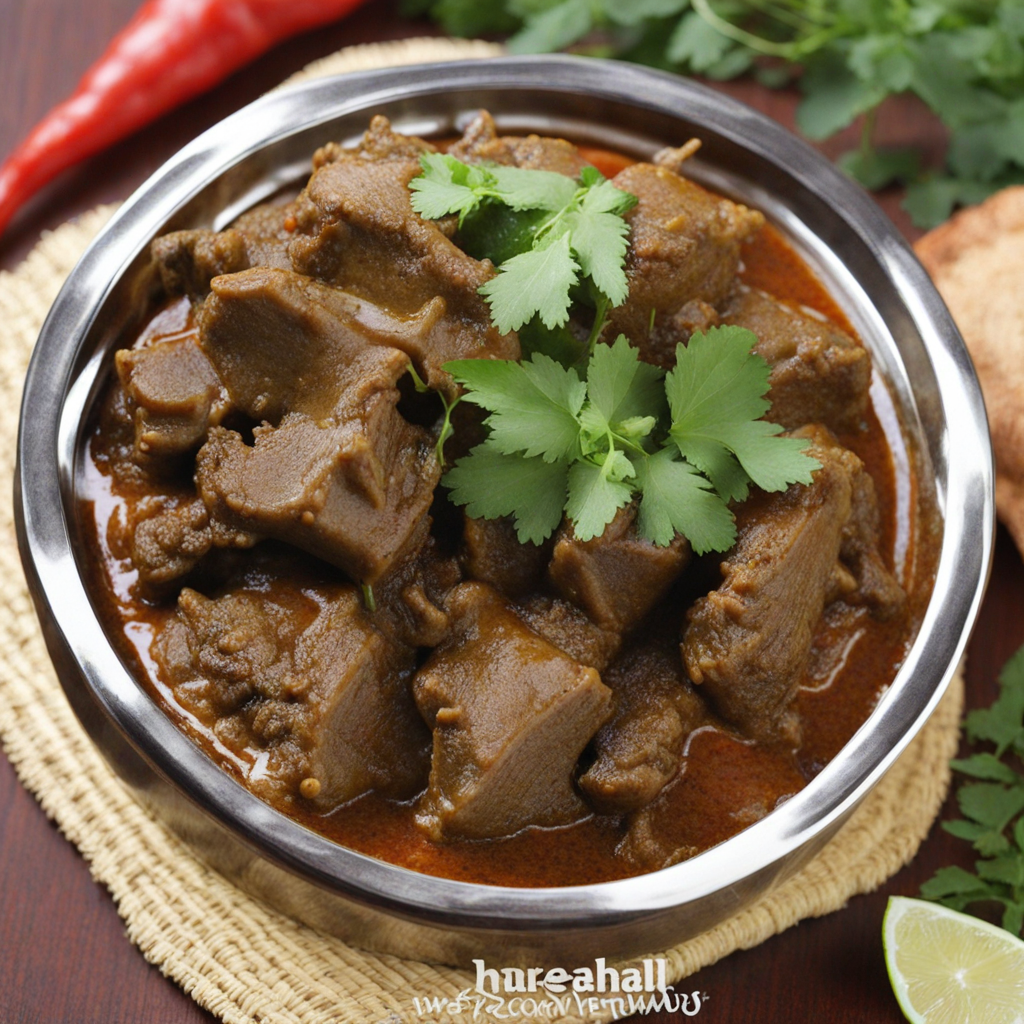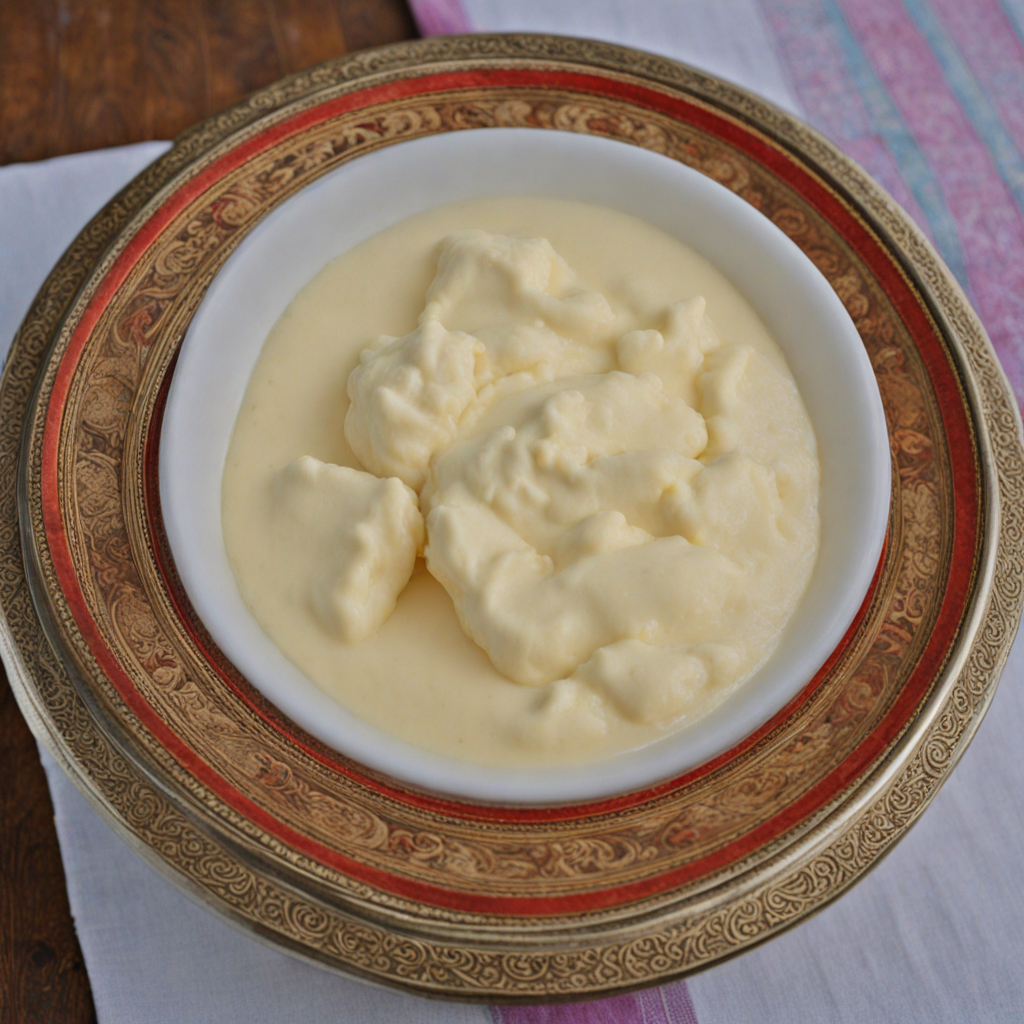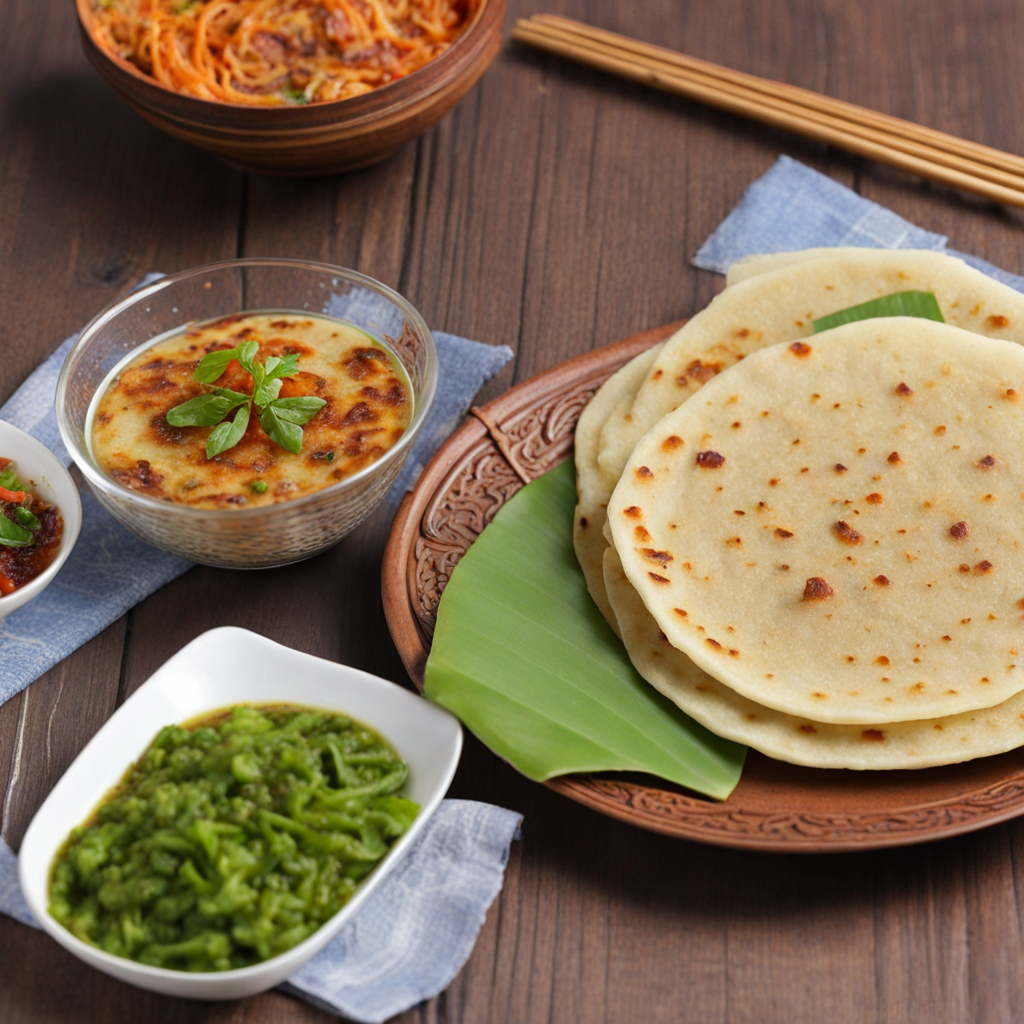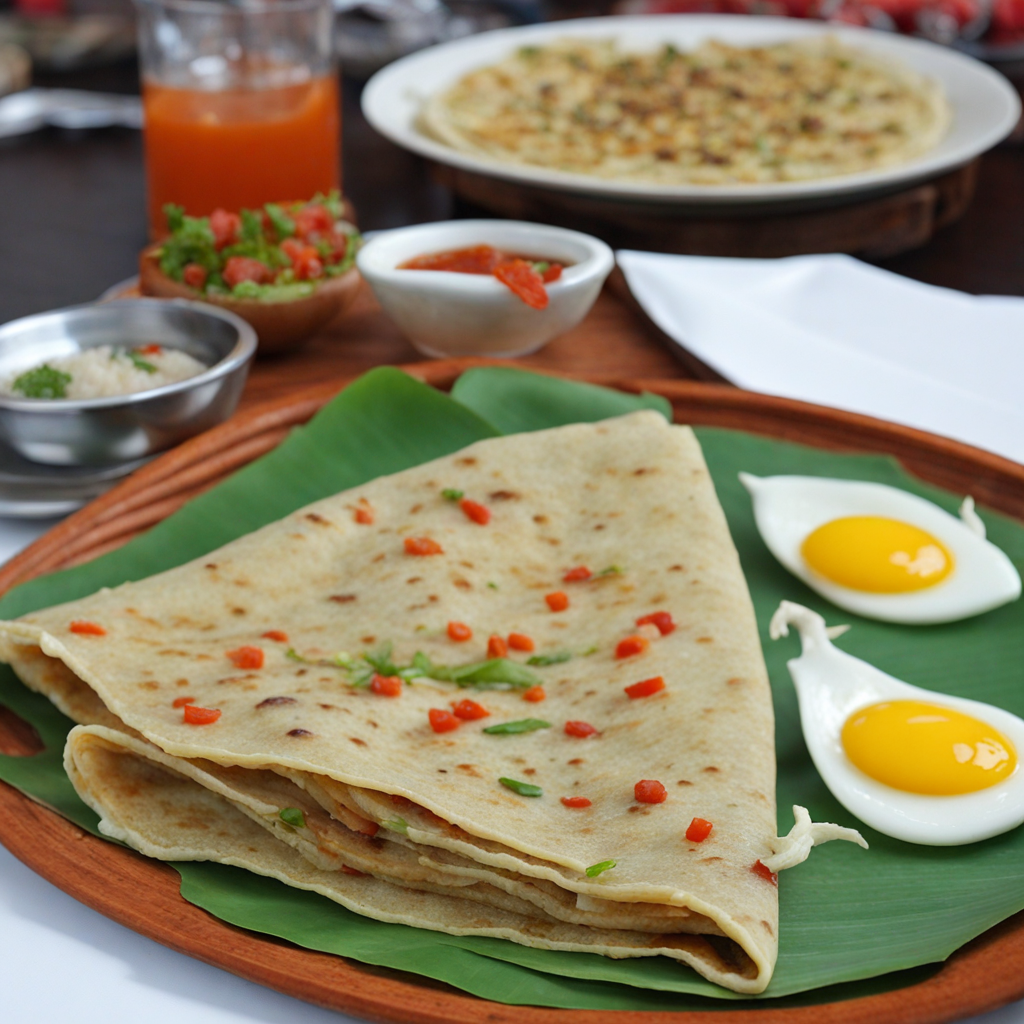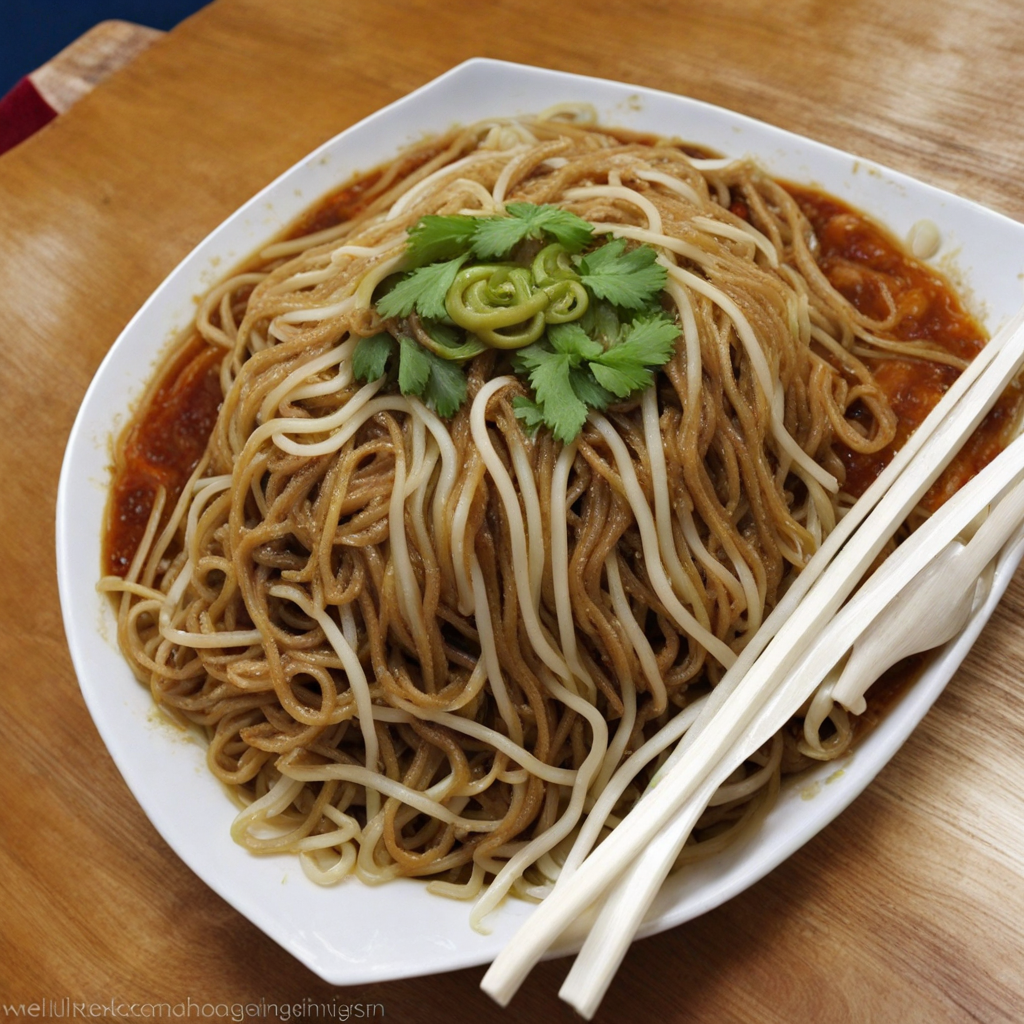Gorkhali Lamb
Gorkhali Lamb is a traditional Nepali dish that brings together the rich flavors of the Himalayas with the robust essence of spiced meat. This dish primarily features tender lamb, which is marinated in a mixture of spices, garlic, ginger, and a touch of green chilies, creating a bold yet balanced profile. The marination process allows the lamb to absorb these flavors deeply, resulting in succulent meat that practically melts in your mouth. The use of fresh, local ingredients enhances the authenticity of the dish, making it a true representation of Nepali cuisine. Once marinated, the lamb is typically slow-cooked with aromatic spices such as cumin, coriander, and fenugreek, which infuse the meat with a warm, earthy aroma. The cooking technique often involves simmering the lamb in a sauce made from tomatoes and onions, which not only adds depth to the flavor but also creates a rich, velvety gravy. This combination of spices and slow-cooked lamb gives Gorkhali Lamb its signature taste profile — a delightful mix of heat, earthiness, and a hint of sweetness, making each bite a complex yet harmonious experience. Gorkhali Lamb is traditionally served with steamed rice or flatbreads, allowing you to savor every drop of the savory sauce. Accompanying the dish are often side condiments like pickles and fresh greens, which add a refreshing contrast to the richness of the lamb. This dish is not just a meal; it is a celebration of Nepali culture, showcasing the diverse flavors and cooking techniques that reflect the heart of the country. Each serving invites you to explore the warmth and hospitality that Nepal is known for, making it a must-try for anyone looking to expand their culinary horizons.
How It Became This Dish
The History and Cultural Significance of गोर्खाली ल्याम्ब (Gorkhali Lamb) Introduction Among the myriad flavors and culinary traditions that emerge from the heart of Nepal, गोर्खाली ल्याम्ब (Gorkhali Lamb) stands out as a dish steeped in rich history and cultural significance. This luscious lamb dish not only reflects the agricultural bounty of the region but also serves as a testament to the resilience and adaptability of the Nepalese people. As we delve into its origins, cultural significance, and development over time, we uncover a story that intertwines the landscapes of Nepal with its historical narratives. Origins of Gorkhali Lamb The roots of Gorkhali Lamb can be traced back to the Gurkha soldiers, known for their bravery and valor, who fought valiantly in various wars and conflicts, particularly during the British colonization of India. The Gurkhas hail from the hilly regions of Nepal, where sheep farming has been a traditional practice for centuries. The dish itself is believed to have emerged as a hearty meal for these soldiers, providing them with the necessary sustenance to endure the rigors of their demanding lifestyle. Lamb, or mutton as it is often referred to, has always been a favored protein source in the mountainous terrains of Nepal, where other livestock such as cows are revered and not typically consumed. The breed of sheep, often raised in the high-altitude pastures of the Himalayas, imparts a unique flavor to the meat, which is further enhanced by the use of local spices and herbs. Cultural Significance Gorkhali Lamb not only serves as a delicious meal but also plays a crucial role in the cultural fabric of Nepalese society. It is often prepared during significant celebrations, festivals, and gatherings, making it a dish synonymous with hospitality and community. The preparation of Gorkhali Lamb is often communal, with family and friends coming together to cook and share the meal, reinforcing social bonds and cultural identity. In the context of the Gurkha legacy, Gorkhali Lamb symbolizes strength and resilience. The Gurkha community takes immense pride in their culinary traditions, which reflect their history and connection to the land. The dish serves as a reminder of the sacrifices made by the Gurkhas, and it is often enjoyed by those who wish to honor their service. It is common to find Gorkhali Lamb featured on special occasions, such as weddings and festivals like Dashain and Tihar, where it is served alongside traditional accompaniments like rice, lentils, and various vegetable curries. Ingredients and Preparation The preparation of Gorkhali Lamb showcases the simple yet robust flavors that characterize Nepalese cuisine. The dish typically involves lamb meat, marinated with a blend of spices that often include ginger, garlic, turmeric, cumin, coriander, and chili. The use of these spices not only enhances the flavor but also reflects the regional availability of ingredients. The cooking method typically involves slow-cooking the lamb to tender perfection, allowing the spices to infuse deeply into the meat. The dish is often prepared in a traditional clay pot, which helps retain moisture and enhances the flavors. Some variations may include the addition of local vegetables, such as potatoes and carrots, which provide a hearty and wholesome meal. Another hallmark of Gorkhali Lamb is its accompanying chutneys, usually made from fresh herbs like coriander and mint, which add a refreshing contrast to the rich flavors of the lamb. The dish is often enjoyed with steamed rice, which serves as the perfect canvas to soak up the savory gravy. Development Over Time As Nepal has evolved, so too has the culinary landscape, including Gorkhali Lamb. The dish has transcended its origins to become a beloved staple not only in Nepal but also among the Nepalese diaspora around the world. The migration of Nepalese people, particularly the Gurkhas, to various countries has facilitated the spread of their culinary traditions, bringing Gorkhali Lamb to international attention. In recent years, the global culinary scene has seen a rise in interest in authentic and diverse cuisines, leading to an increased appreciation for Nepalese food. Restaurants specializing in Himalayan cuisine have emerged in urban centers around the world, often featuring Gorkhali Lamb as a signature dish. Chefs have begun to experiment with the traditional recipe, incorporating modern techniques and flavors while still honoring its origins. Moreover, the rise of food tourism in Nepal has also contributed to the dish's popularity. Tourists seeking authentic experiences often request local dishes, and Gorkhali Lamb has become a must-try for those visiting the country. Cooking classes and food tours frequently highlight this dish, allowing visitors to connect with the culture and the people through food. Modern Interpretations and Future Prospects While Gorkhali Lamb maintains its traditional roots, modern interpretations are emerging that reflect contemporary culinary trends. Chefs are exploring fusion dishes that blend Nepalese flavors with global influences, creating innovative takes on this classic. For instance, Gorkhali Lamb tacos or lamb burgers infused with traditional spices have gained traction, appealing to younger generations and food enthusiasts. The future of Gorkhali Lamb is bright, as the world continues to embrace diverse culinary heritages. With increased access to global ingredients and a growing focus on sustainability, there is potential for the dish to evolve further while remaining true to its essence. As the culinary landscape continues to expand, Gorkhali Lamb will likely find new audiences and variations, maintaining its status as a cherished dish within Nepalese culture. Conclusion Gorkhali Lamb is more than just a dish; it is a narrative woven into the fabric of Nepalese history and culture. From its origins among the brave Gurkha soldiers to its place at the heart of celebrations and communal gatherings, Gorkhali Lamb embodies the spirit of resilience, hospitality, and community. As it continues to evolve, this beloved dish serves as a delicious reminder of the rich culinary heritage of Nepal, inviting people from all walks of life to savor its flavors and the stories they tell.
You may like
Discover local flavors from Nepal


